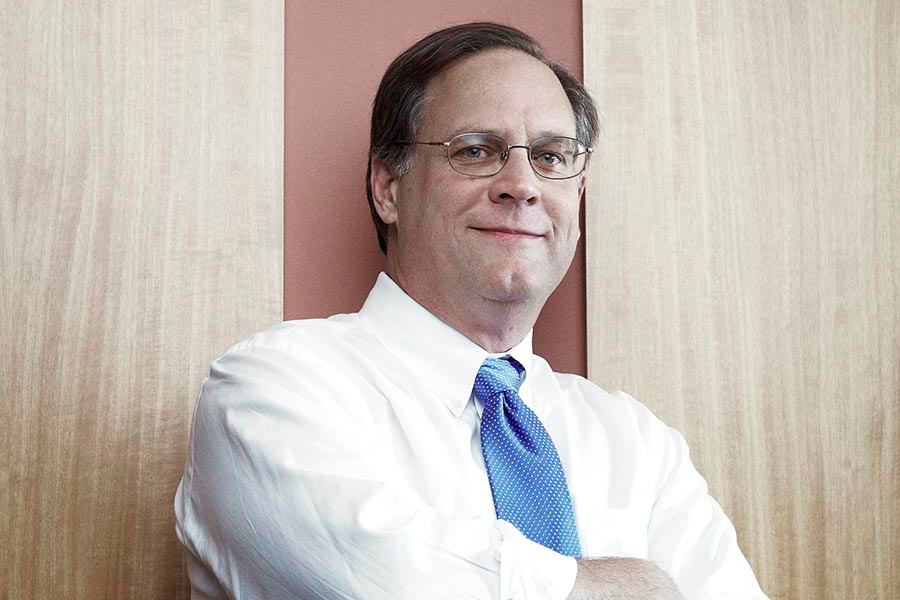“The move from CFO to COO was probably the first significant step in this process, and it was an exciting transition for me,” Schall says. “As the CFO, managing the numbers is fairly straightforward, but in operations, with 800 people, things are completely different: It is an ongoing process of getting critical information from the bottom of the organization to the top of the organization so that good decisions can be made. That might sound simple in concept, but in reality it is not.”
Case in point: Evasive maneuvers to counter the effects of the recession on rent fundamentals followed by a counterattack to push pricing on rents as occupancies stabilized. “When rents were declining very rapidly, we deployed a high occupancy defensive management approach. You’d be surprised at how differently that strategy was interpreted and implemented throughout the company,” Schall says. “We are now pushing rents with less focus on occupancy, and thus need to regear our staff to ask for more rent and accept higher vacancy after conditioning them to be defensive.
“We’re making progress and achieving roughly 5 percent on renewals while still in a transitioning market, and it is going to take a little time before we see robust growth.”
[Leadership Lessons] Michael Schall

PALO ALTO, CALIF – FEB 15, 2011: Portrait of Essex Property Trust CEO Michael Schall. Photographed inside the company’s headquarters in Palo Alto, California. PHOTO BY JOHN LEE COPYRIGHT 2011 JOHN LEE PICTURES www.johnleepictures.com
Credit: John Lee
Title: President and CEO
Age: 53
First Job: Auditor with Ernst & Young (then Ernst & Whinney)
Best Decision: Joining Essex in 1986
Favorite Quote: “Managing is like holding a dove in your hand—squeeze too hard and you kill it, not hard enough and it flies away.” —Tommy Lasorda
Greatest Business Challenge: Essex’s IPO in 1994. (“I was CFO at the time.”)
People Most Admired: “My father; [Essex chairman] George Marcus; and [former Essex president and CEO] Keith Guericke”
Leadership Philosophy: “Harness the wisdom of the team, based on complete information and sound processes.”
Best Advice Received: “Keep your life as simple as possible.”
Last Book Read: Barbarians to Bureaucrats: Corporate Life Cycle Strategies, by Lawrence Miller (Clarkson Potter, 1989)
What’s Playing on your iPod: 1970s-era rock
As the company pushed for rent gains in 2010, it also took advantage of acquisition opportunities, purchasing 12 properties for an aggregate cost of $584 million, $281 million of which was allocated to four distressed condo deals that will be converted to rentals with an option to eventually return the properties to the for-sale market. Essex’s limited development pipeline was also active in 2010, and the company currently expects to deliver two new communities in 2011—the 152-unit Muse in North Hollywood, Calif., and the 284-unit Via in Sunnyvale, Calif. Three other projects remain in predevelopment, and the company holds title to three tracts of land for future development.
On the acquisitions side, Schall and the senior management team set 2011 guidance between $300 million and $500 million worth of deals, which will be financed via dispositions of the firm’s slower growth properties, via equity issuances, or by a possible 50/50 joint venture with one of Essex’s institutional partners (which has yet to be finalized). If the JV negotiations are successful, however, the majority of acquisitions would be made out of the joint venture, utilizing leverage of up to 70 percent and likely reducing the expected issuance of common shares of stock.
